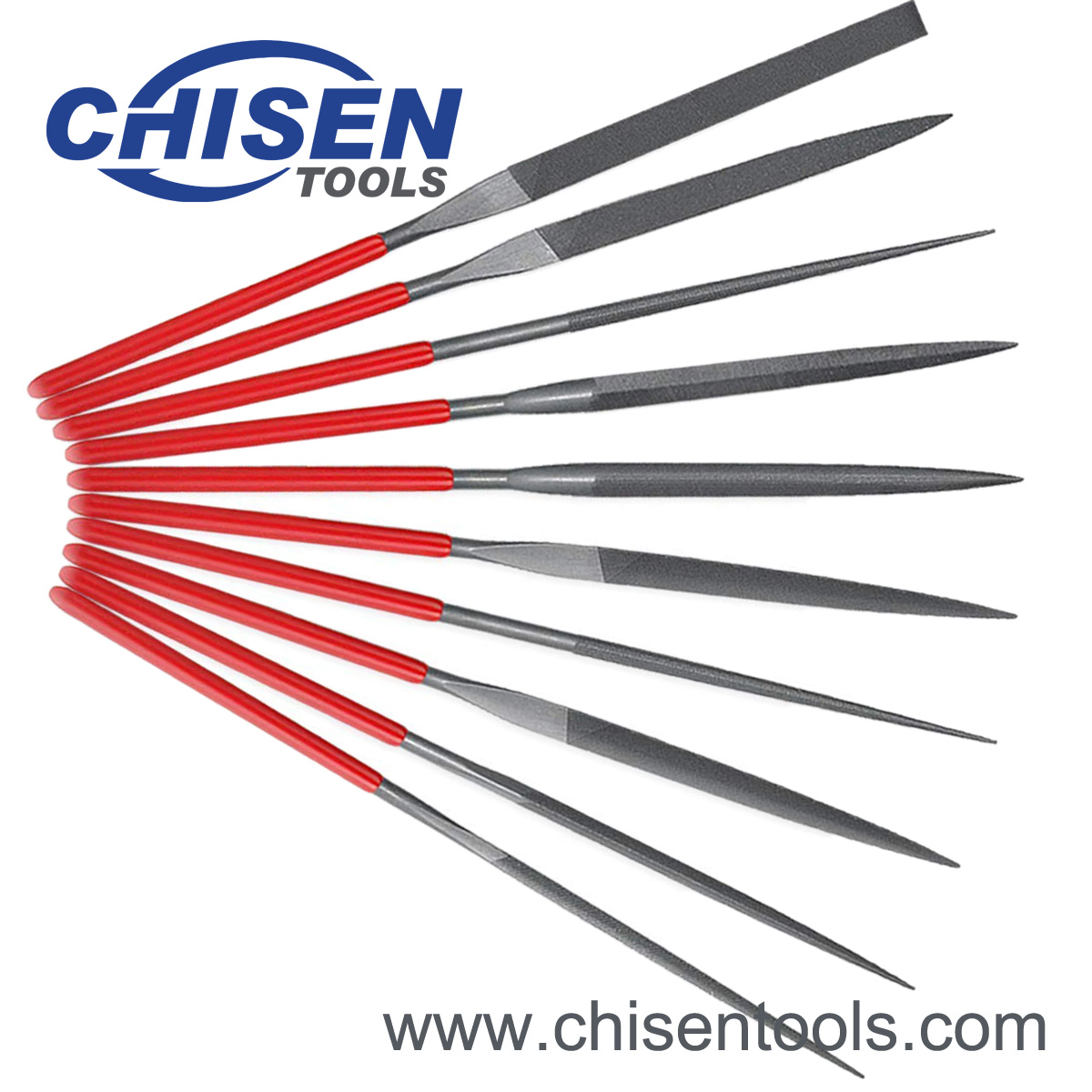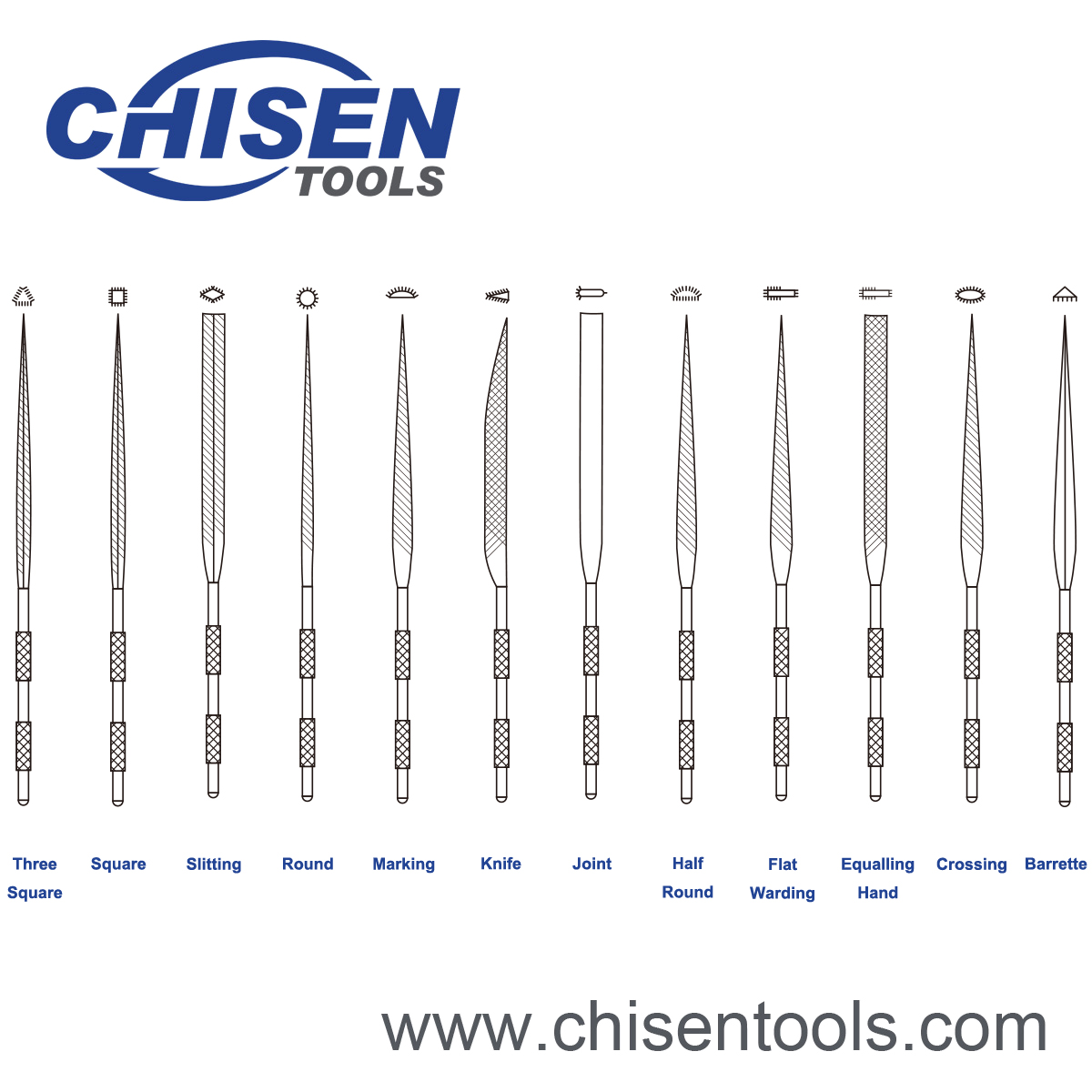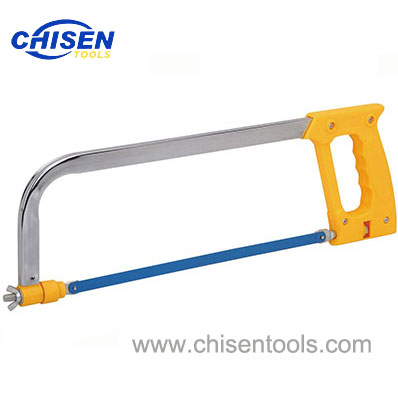Double Holes Aluminum Files | Flat Flexible Curved Tooth Files
Premium quality double holes aluminum file, aluminium files, flat double cut aluminum files, files for aluminum sharping.
| Item No.: | CS1512 |
| Material: | Alloy Steel |
| Handles: | PVC Coated Handle |
| Size: | ø3x140mmx10, ø3x140mmx12, ø4x160mmx7, ø4x160mmx8, ø4x160mmx10, ø4x160mmx12, ø5x180mmx5, ø5x180mmx10, ø5x180mmx12 |
| Packaging: | Blister Card |
Detailed Description:
Chinese professional manufacturer of needle files.

Double Holes Aluminum Files' Features
Needle Files are specially designed for jewelers, watchmakers, diemakers, etc. The appropriate cut number is marked on the round handle.| Item No. | Set | Hand | Half Round | Three Square | Square | Round | Flat | Knife | Barrette | Crossing | Ovral | Joint Round | Feater Edge |
| CS1512106 | 6 Pcs | ||||||||||||
| CS1512106 | 7 Pcs | ||||||||||||
| CS1512106 | 8 Pcs | ||||||||||||
| CS1512106 | 10 Pcs | ||||||||||||
| CS1512106 | 12 Pcs |
What is Needle Files?
A needle file is a compact, fine-toothed hand file designed for precision work. Most are about 140 mm (5.5 in) long, slim, and pointed so they can reach tight spots and refine small features. They remove small amounts of material with control, which makes them a go-to tool for detailed shaping, smoothing sharp edges, and fine fitting on metal, wood, plastics, and even ceramics when diamond coated.How needle files are used in DIY and home projects?
Needle files shine anywhere you need careful, small-scale material removal rather than aggressive stock removal. Common uses include:Needle Files' types and shapes
Needle files come in two main abrasive styles and a range of shapes.Steel-toothed needle files
Diamond-coated needle files
Common needle file shapes:
How to use a needle file?
A few good habits make a big difference in results and tool life.Step 1: Secure the workpiece
Use a vise, clamps, or a bench hook so both hands work on the file, not holding the part.Step 2: Mark the goal
Scribe a line or use a marker to show where material needs to come off. Stop at the line, do not cross it.Step 3: File on the cutting stroke
Most files cut on the push stroke. Apply light, steady pressure pushing forward, then lift or ease pressure on the return stroke to avoid dulling the teeth.Step 4: Use the right part of the file
Engage only a short section for better feel. Switch areas of the file to spread wear.Step 5: Keep it clean
For steel-toothed files, rub chalk into the teeth before filing soft metals to reduce pinning. Clean with a file card or a brass brush. Knock out stubborn pins with a thin piece of copper.For diamond files, use water as a lubricant and rinse occasionally to clear swarf.






